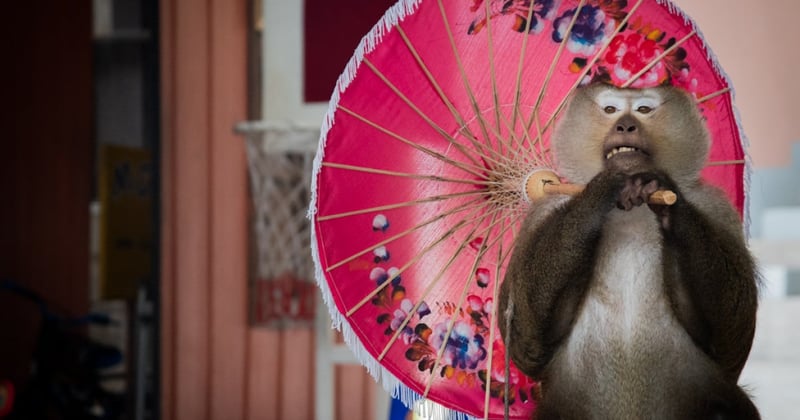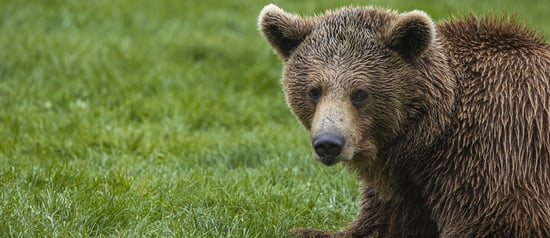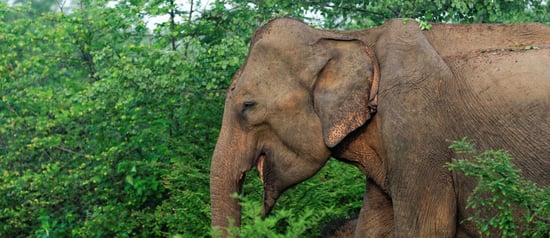
Urgent need for social media platforms to curb online animal cruelty
News
The prevalence of animal-related content on social media has increased year-on-year, and there is now a pressing need for social media companies to take responsibility for the content on their platforms.
Social media users can play their part by understanding what constitutes cruel content and reporting it. However, a grey area remains when it comes to animal cruelty, and many people are unaware of it.
This blog explores why there is so much animal cruelty content online, what types of content are cruel, the profit motive behind it, and the current inadequacies in preventing it.
Why is there so much animal cruelty content online and what is causing the increase?
Animal-related content on social media is widely shared and hugely popular – when videos are viewed, liked, shared, or commented on, algorithms boost their popularity. This promotion of animal cruelty content normalises violence towards animals.
Online platforms have facilitated the sharing of information relating to animal abuse by allowing the content to remain on their platform. In the absence of effective mechanisms to detect and prevent the spread of content that involves cruelty to animals, this issue has grown, and it will likely only continue to grow.
What type of content is cruel and what do I need to look out for?
Some animal-related content is entirely harmless, such as videos of well-cared-for domesticated pets or footage of wild animals in their natural habitats, taken from an appropriate distance. Some content is blatantly cruel, showing physical violence towards animals. But a lot of animal cruelty content is less than obvious, such as an elephant calf bathing in the sea with their trainer, or a slow loris being 'tickled' by a human. Both examples involve serious animal suffering behind the scenes.
Content to look out for includes animals being put in situations where they are used to help the creator gain popularity on social media, such as animals doing tricks and being filmed, staged rescue scenes, and animals in distressing situations.
Fake animal rescue videos on YouTube have become very popular and are widely shared, with some receiving millions of views. This can lead to “copycat” behaviour that perpetuates animal suffering. Animal abuse content can be quite profitable for both its creator and the platform. Users can monetize their channels through featuring advertising, having over a certain number of subscribers, or by becoming a premium user when content is watched by over a certain number of people.
A report by Lady Freethinker found that these videos could be worth up to $15 million for the content creators who post them and up to $12 million in advertising revenue for YouTube, based on an average profit per 1,000 views taken from a Business Insider survey.
What are social media companies doing to prevent abusive animal content?
Social media platforms like YouTube and Facebook usually publish guidelines for permitted content and use people and machine learning to monitor content uploaded to their platforms. However, the mechanisms currently used to detect and remove animal abuse videos are not sufficiently thorough. Furthermore, the scale of the process means that detection of policy violations is also dependent on viewers reporting or flagging content that ‘they find inappropriate.’
Currently, there is no external regulation of social media platforms, and detection of animal abuse content is largely dependent on viewer reporting. However, for much of this content, the viewers are either not aware of, or don’t always seem to care about, the associated animal welfare issues. Social media platforms therefore need to do more to take responsibility for the content they host on their platforms, to ensure that exploited animals do not feature in videos and posts.
Primates, particularly macaques, feature in over 75% of social media videos related to wild animals as pets. The majority of these are baby macaques, and the videos often depict extremely violent content showing the intentional abuse and killing of macaques. Social media platforms are normalizing the cruel treatment of primates by allowing these videos to remain on their platforms.
What can you do to help?
As a member of the Social Media Animal Cruelty Coalition (SMACC), World Animal Protection aims to shine a light on the hidden world of animal cruelty content in all its forms, and to lead the way in ending it. SMACC seeks to end the availability, spread and profitability of cruelty content, and to ensure that there are no benefits to the creation or promotion of it.
Members of the public can help stop animal suffering by supporting animal welfare organizations, following their public advice, and reporting animal cruelty content directly to the platforms or on the SMACC reporting form.
Following these five steps can help to curb online cruelty of animals:
1. Be aware
Please visit SMACC’s website to see the categories and the themes we have identified. Be aware of these when using social media. Sometimes animal cruelty is less than obvious, such as an elephant calf bathing in the sea with their trainer, or a slow loris being 'tickled' by a human. Both examples involve serious animal suffering behind the scenes.
2. Report them
Always report the video and encourage others to do the same. Each social media platform has its own report function. If there is no option for animal cruelty, then select the closest category which can be applied.
Please also let us know what you have seen by visiting this public reporting page.
3. Do not watch them
Never intentionally watch these videos. The more views these kinds of videos receive, the more they grow in popularity – and potentially, profitability. Often you can see what is contained in the video by the still images, the titles, descriptions, or comments before pressing play.
4. Do not engage
We cannot stress this enough – do not comment on the video. This may seem counterintuitive; however, engagement increases popularity. It is best to not comment at all and to report the video or channel immediately.
5. DO NOT SHARE
Do not share the video on your own page, even if you are doing so to raise awareness of the cruelty or illegality. Sharing increases popularity and again, potentially also increases profitability. Instead, report them, and raise your concerns by sharing with others the things to look out for – or direct people to the SMACC website.
Together, we can create a world where animals are treated with compassion and respect both offline and online.
Content to look out for includes animals being put in situations where they are used to help the creator gain popularity on social media, such as animals doing tricks and being filmed, staged rescue scenes, and animals in distressing situations.
Our work
We're working in Australia and around the world to end the needless suffering of animals by inspiring people to change animals’ lives for the better.
Our wildlife work
Around the world, wild animals are being exploited. They’re hunted down, trapped and farmed in captivity, all to be sold and abused for entertainment, medicine, fashion, pets and products.

